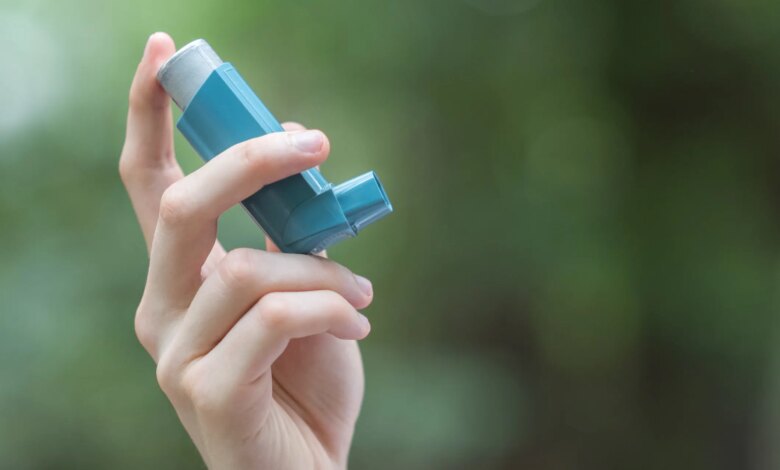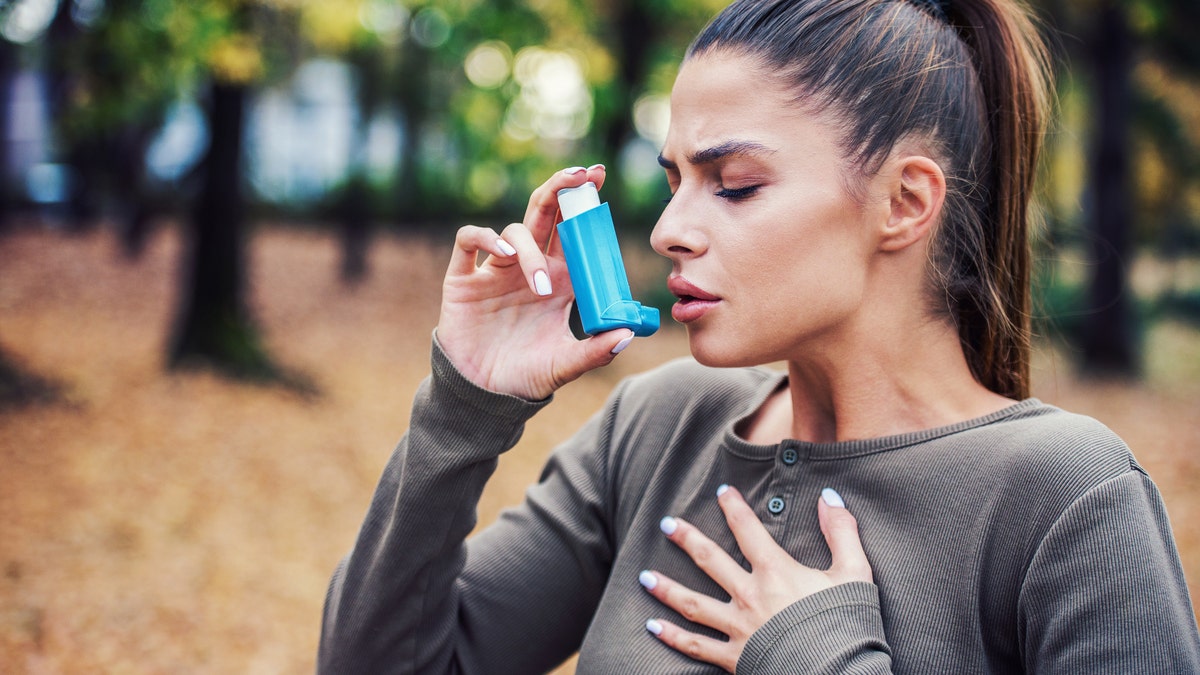Inhalers produce emissions equivalent to 530,000 cars a year, study finds

NEWYou can now listen to Fox News articles!
Inhalers that provide rapid relief to patients suffering from asthma and chronic obstructive pulmonary disease (COPD) could take a toll on the planet, producing as much global warming pollution as more than half a million cars each year.
Researchers report in a new JAMA study that inhalers have generated more than 2 million tons of carbon emissions each year over the past decade, equivalent to the emissions of about 530,000 gasoline-powered cars on the road each year.
The study analyzed emissions from three different types of inhalers approved for asthma or COPD from 2014 to 2024, revealing that metered-dose inhalers were the most damaging to the environment.

Some inhalers produce a large amount of carbon emissions, according to a recent study. (iStock)
AIR POLLUTION MAY PLAY A BIGGER ROLE IN COGNITIVE DECLINE THAN WE REALIZE
Researchers claimed that metered-dose inhalers, which use hydrofluoroalkane (HFA) propellants – potent greenhouse gases used in aerosols – were responsible for 98% of emissions over the decade.
Other inhalers, like dry powder and gentle mist inhalers, deliver medications without propellants and have a much smaller environmental footprint.
Some companies, like AstraZeneca, have already committed to switching from pressurized metered dose inhalers (pMDIs) to propellants with significantly less global war potential.

Other inhalers have less of an environmental footprint, researchers say. (iStock)
TOXIC AIR IS MAKING AIRLINE CREW AND PASSENGERS SICK AS DELTA UPGRADES ENGINES ON MORE THAN 300 PLANES
The study’s lead author, Dr. William Feldman, a pulmonologist and health services researcher at the David Geffen School of Medicine at UCLA, said inhalers put patients with chronic respiratory diseases at risk.
“In contrast, there is a tremendous opportunity to make changes that protect both patients and the planet using low-emission alternatives,” Feldman wrote in a UCLA press release.
To conduct the analysis, the researchers relied on a comprehensive national database of inhaler prescriptions, at the National Drug Code (NDC) level.
Emissions were then estimated using validated academic studies and analyzed by drug type, device type, propellant type, therapeutic class, brand status, manufacturer, payer, and pharmacy benefit manager.

Some pharmaceutical companies have already switched to inhalers that produce fewer carbon emissions. (iStock)
CIGARETTE BUTS MAKE ROADS STRONGER THAN EVER
The team plans to expand the research to evaluate inhaler emissions in specific patient groups, such as Medicaid beneficiaries, and to compare clinical outcomes of low- and high-emission inhalers in the same therapeutic class.
They will also explore how pricing and patent strategies could shape the deployment of new low-emission inhaler technologies.
CLICK HERE TO GET THE FOX NEWS APP
“A key first step to driving change is understanding the true scale of the problem,” Feldman said. “From there, we can identify what’s fueling these emissions and develop targeted strategies to reduce them, benefiting patients and the environment.”



